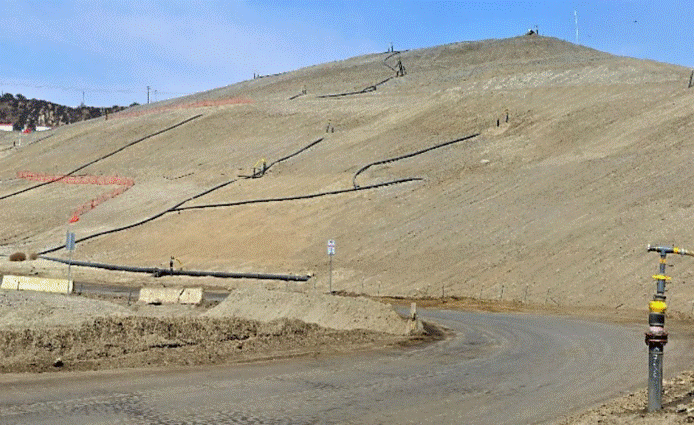

This blog will focus on landfill gas to energy operations and the benefits of automation therein. Landfill gases (LFG), a natural byproduct of the decomposition of organic material in landfills, is composed of roughly 50 percent methane, 50 percent carbon dioxide, and a small amount of non methane organic compounds. Methane is a particularly potent greenhouse gas and municipal solid waste (MSW) landfills are the third largest source of human-related methane emissions in the US, accounting for more than 15 percent of these emissions in 2015.
Within a year of being deposited in a landfill, most solid waste begins to decompose and generate harmful methane gas. If allowed to escape to the atmosphere, the LFG would further damage the ozone layer. On the other hand, significant opportunities exist to turn this waste gas into productive energy.

Once captured, LFG can be used either to produce electricity, fuel industrial processes, or converted into CNG or LNG:
However, managing landfill gas well field operations are not without its challenges. QED Environmental Systems, a manufacturer of landfill liquid pumps and LFG control products, conducted a survey of landfill gas well field operators, asking them to report the most significant challenges they have encountered in the field. The most commonly reported challenges were odor control and maintaining compliance with landfill gas surface emission regulations. Other (related) challenges included controlling pressure, temperature, and oxygen levels; maximizing LFG energy content; maintaining a steady vacuum across all wells; managing liquids to avoid accumulation in wells and system piping; and controlling air leaks at the wellhead, rubber couplings, and flex hoses.
Most standard landfill gas collection approaches used today are somewhat less than optimum. This is because:
LFG operators agree that the overarching challenge they face is to maximize gas collection efficiency while maintaining regulatory compliance at the lowest possible cost. As operators look to cut costs and improve efficiency, industry experts see automation within landfill sites further advancing. Several suppliers have addressed the need for more effective automation. Loci Controls, for example, offers the WellWatcher integrated and interconnected system designed to continuously monitor all collection wells and simultaneously tune each well to maximize methane collection across the whole wellfield. Norec Automation, another landfill gas to energy systems provider, offers a diverse portfolio of LFG turbine generators, fuel and gas compressor skids, LFG engine generators, carbon filters, flare and ventilation fans, and fire & gas detection systems.
Effective landfill gas to energy (LFGE) projects can support a range of national and local government goals. These include sustainable economic development; reduced GHG emissions; domestic energy security; and mitigation of adverse environmental impacts of landfills, such as local air quality, odor and groundwater contamination. LFGE projects can also serve as a hedge against high prices of imported energy and increase energy reliability by providing baseload power to the electricity transmission grid. Other policy and market factors can have an important impact on the financial viability of LFGE projects. These factors include trading markets for emerging commodities such as carbon credits and renewable energy credits, as well as a range of financial mechanisms that can, especially in combination, improve the financial return of an LFGE project investment.
Stakeholders must recognize and understand how policy and market drivers affect LFGE resource developments and support the long-term sustainability of LFGE projects. Policy and financing mechanisms are central to assessing the financial viability. While market drivers and financing mechanisms will vary by country and region, the demand for renewable energy and cost-competitiveness of that energy compared with alternatives should be assessed carefully during the planning stages of an LFGE project to harness the most effective combination of revenue opportunities.
For further discussion or to provide feedback on this blogpost, please contact the author, Jyoti Prakash, at jprakash@arcweb.com.

